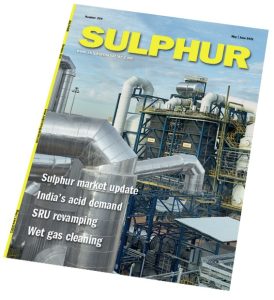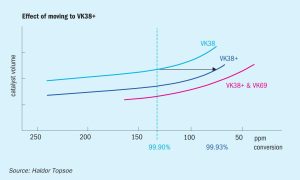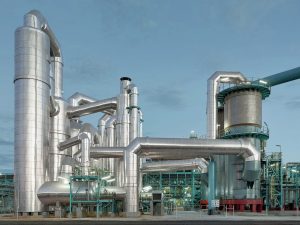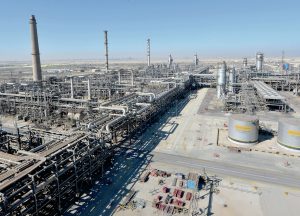
Fertilizer financial scorecard
We compare and contrast the 2020 financial performance of selected major fertilizer producers, following the publication of fourth-quarter results.

We compare and contrast the 2020 financial performance of selected major fertilizer producers, following the publication of fourth-quarter results.
Tecnimont has been awarded a $1.5 billion contract by Nigeria’s Federal Executive Council to carry out rehabilitation works at the Port Harcourt refinery in Rivers State, run by the state-owned Nigerian National Petroleum Company (NNPC). The contract covers engineering, procurement and construction (EPC) activities for a full rehabilitation of the Port Harcourt refinery complex, aimed at restoring the complex to a minimum of 90% of its 210,000 bbl/d nameplate capacity. Tecnimont says that the project will be delivered in phases from 24 and 32 months and the final stage will be completed in 44 months from the award date.

There is an old adage that if you put two economists in a room, you will get three different opinions. As the world enters its second year of dealing with the coronavirus pandemic, that certainly still seems to be the case among those grappling with predicting an increasingly uncertain world.

Selecting the right catalysts for the SO2 converter in a sulphuric acid plant has always been about balancing expenses, gains, and compliance. With increasing demands for sustainability and in challenging economic times, operators need to adjust their plants to get even more from less. This has led to market demand for new catalytic solutions that offer better productivity and a lower climate footprint, all at the lowest cost possible. Catalyst design and formulations continue to evolve with Haldor Topsoe, DuPont Clean Technologies and BASF all adding new types of sulphuric acid catalysts to their portfolios.

Demand for oil in developed countries was already falling before the coronavirus outbreak, and consumption growth is slowing in the developing world. Peak oil demand may arrive in the next decade. Coupled with more reinjection of sour gas rather than sulphur extraction, could we be seeing falling elemental sulphur production in a decade or so?

Although 2019 had been a volatile year for acid markets, with shutdowns disrupting supply, the coronavirus outbreak wrought even more havoc in 2020, across both supply and demand.

Sulphur reports on this year’s Sour Oil and Gas Advanced Technology (SOGAT) conference, which was run as a virtual event at the end of September 2020.

Kyle Lilly, senior product manager at Compass Minerals Plant Nutrition, outlines how a season-long approach to soybean crop nutrition can be created using a variety of tools. When combined together, these can optimise soybean fertilization and deliver impressive yields – as has been shown in both Brazil and the US.

Brazil’s phosphate industry is on a growth dash to meet rising domestic demand. We report on the major acquisitions, investments and expansions by CMOC, Mosaic, Yara and Itafos.

“There can be no life without soil, and no soil without life.” An insightful quote from Charles Kellogg, the renowned former chief of USDA’s soils bureau.